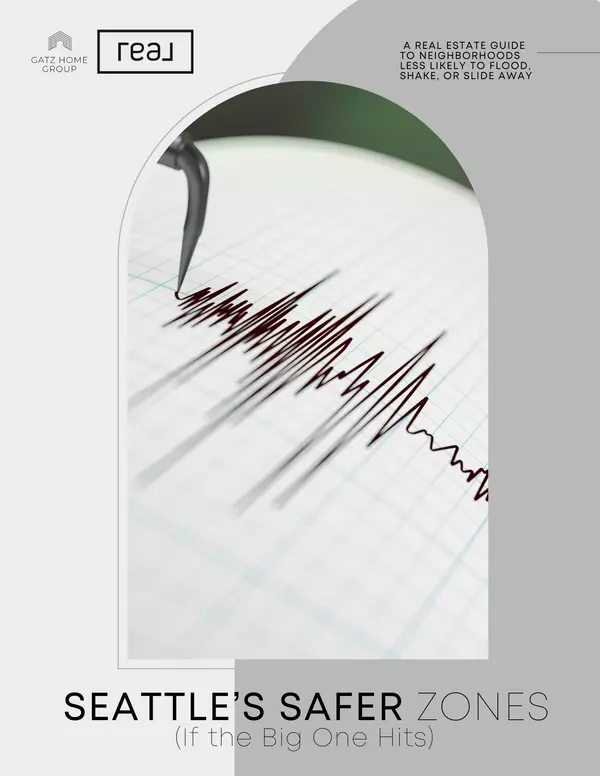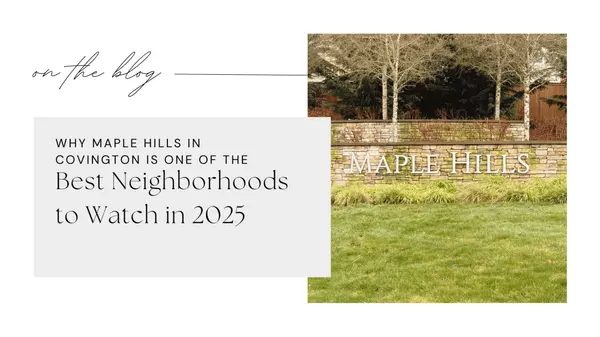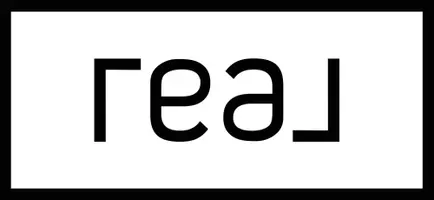What Buyers Should Know About Earthquake Risks Before Choosing a Home

What Buyers Should Know About Earthquake Risks Before Choosing a Home
Buying a home is one of the biggest decisions you’ll ever make. You’re thinking about budget, schools, commute, but in Seattle, there’s another question you can’t ignore: earthquake risk.
We all know the Pacific Northwest sits on shaky ground. But what does that actually mean when you’re looking at neighborhoods and houses? Let’s break it down in plain English so you know what to look for (and what questions to ask) before you buy.
The 3 Big Hazards to Know
1. Liquefaction Zones
This sounds complicated, but here’s what it means: during a strong earthquake, loose, wet soil can actually behave like quicksand. The ground shakes, water rises, and the soil temporarily loses its ability to support weight.
What it means for buyers:
- Homes in liquefaction zones (often built on reclaimed land or waterfront fill) face more risk of foundation damage.
- Seattle’s biggest liquefaction areas include downtown, Pioneer Square, SoDo, South Lake Union, and parts of the Duwamish Valley.
- Not a dealbreaker, but you’ll want extra inspections and earthquake retrofitting if you buy here.
2. Lahars (Mudflows)
Lahars are giant mudflows caused by volcanic activity — in our case, Mount Rainier. If the mountain ever erupts or destabilizes, melting snow and ice could create massive rivers of mud flowing down valleys.
What it means for buyers:
- Communities south and southeast of Seattle (Auburn, Orting, Puyallup) sit in potential lahar zones.
- Lahars are rare, but evacuation plans exist. Some areas even have sirens and routes clearly marked.
- If you’re looking in the south end, ask about hazard maps and preparedness systems.
3. Tsunamis
Seattle isn’t on the open coast, but tsunamis are still a risk because of Puget Sound and the Seattle Fault. A major quake on the fault could cause sudden water displacement, sending waves toward low-lying shoreline communities.
What it means for buyers:
- Neighborhoods at risk include Alki Point, Harbor Island, Interbay, and parts of Magnolia.
- Risk is higher the closer you are to the water at sea level.
- Higher elevation spots nearby are much safer.
What Buyers Should Do
- Check Hazard Maps
Seattle and King County publish maps showing liquefaction, tsunami, and lahar zones. Look them up when you’re considering a home. - Ask the Right Questions
- Has the home been earthquake retrofitted (bolted to foundation, water heater strapped)?
- Is the property in a hazard zone, and if so, what mitigation steps have been taken?
Balance Risk + Lifestyle
Not every high-risk area should be avoided. Downtown, for example, carries liquefaction risk, but it’s also a hub for jobs and culture. What matters is going in informed, not blind.
Where to Go From Here
Earthquake hazards are part of life in Seattle, but knowledge is power. Understanding liquefaction zones, lahars, and tsunamis helps you make smarter choices about where to live and how to prepare.
The good news? Thousands of families live happily in every part of the city. The key is being proactive, not fearful.
Want a full breakdown of Seattle’s hazard maps, family-friendly safety checklists, and my honest take on where I’d buy with kids? Download my free Earthquake Safety Guide.
Categories
Recent Posts











